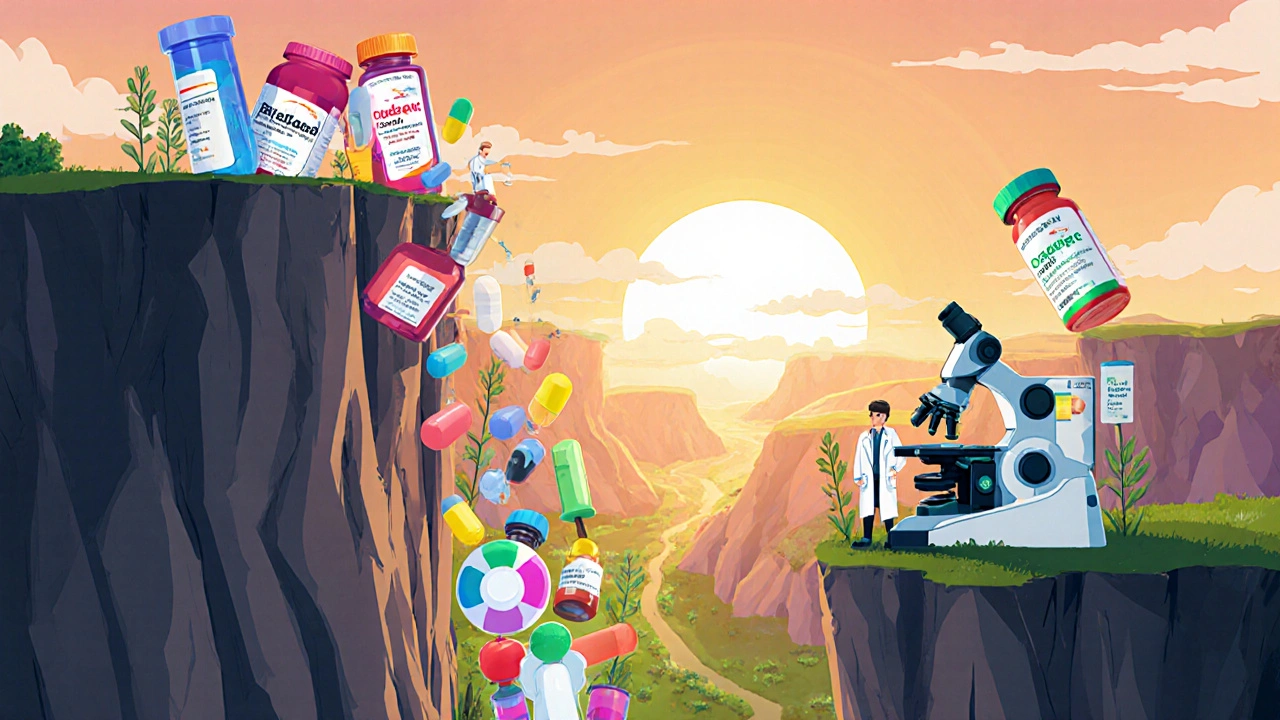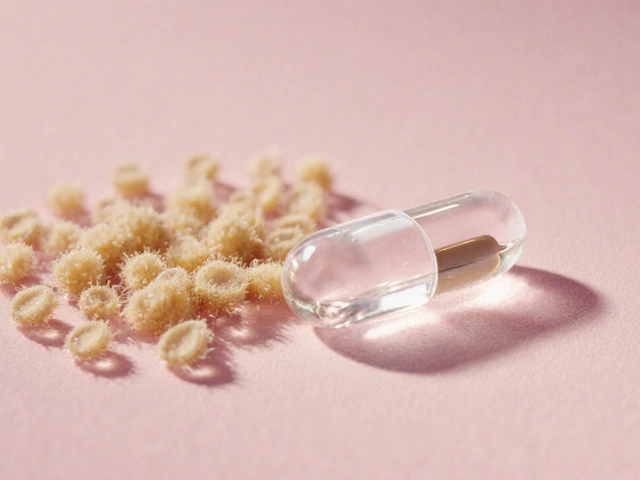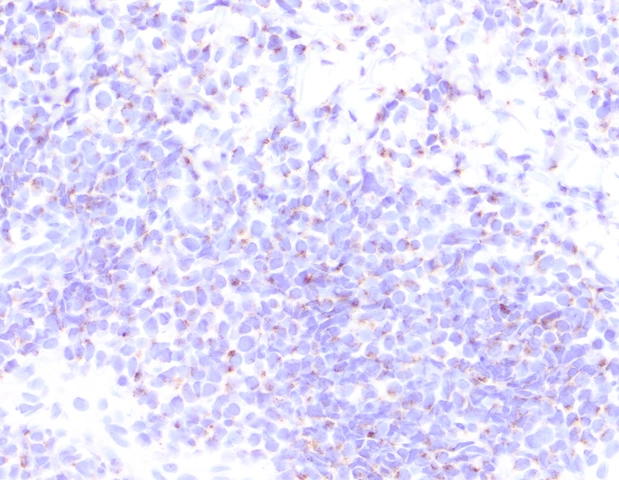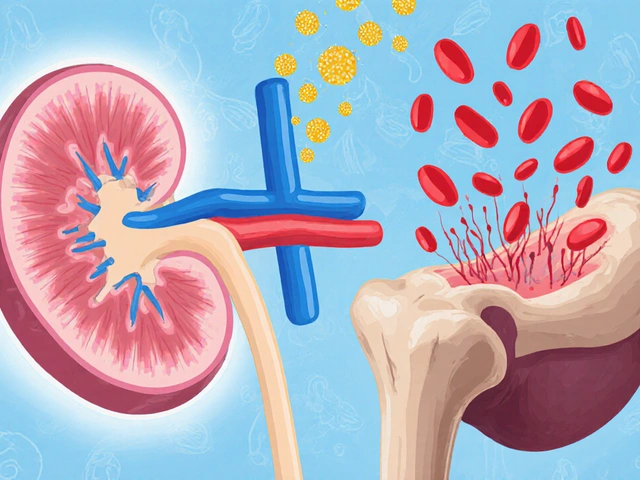 21
Nov,2025
21
Nov,2025
The global generic drug market is on track to become the backbone of affordable healthcare in the next decade. With over 80% of prescriptions in the U.S. already filled with generics, and similar trends accelerating across Europe, India, and Latin America, the industry is no longer just a cost-saving alternative-it’s becoming the default choice for health systems under pressure. Between 2025 and 2030, more than $220 billion in annual sales from branded drugs will lose patent protection. That’s not just a market shift. It’s a healthcare revolution.
Why the Generic Drug Market Is Exploding
The surge isn’t random. It’s driven by three unstoppable forces: aging populations, rising chronic disease rates, and governments finally cracking down on drug prices. In the U.S., Medicare and Medicaid are pushing hard for generics. In Germany and the U.K., prescriptions are automatically switched to generics unless a doctor specifically writes "do not substitute." In India, the government runs bulk procurement programs that buy generics in bulk at prices 90% lower than branded versions. The numbers tell the story. By 2030, the global market is expected to hit between $530 billion and $800 billion, depending on the analyst. Even the most conservative estimates show steady growth. BCC Research projects an 8.5% annual increase from $435 billion in 2023 to $656 billion by 2028. DrugPatentWatch puts the 2024 market at nearly $500 billion, with a clear path to $700 billion by 2030. This isn’t speculation-it’s the result of real, measurable patent expirations.The Patent Cliff: What’s Coming Next
The real driver? The patent cliff. Between 2025 and 2027, a wave of blockbuster drugs will lose exclusivity. Ustekinumab (Stelara), vedolizumab (Entyvio), and other high-revenue biologics used for psoriasis, Crohn’s, and rheumatoid arthritis will open up to generic and biosimilar competition. These aren’t cheap pills. They’re injectable drugs that cost $50,000 to $100,000 per patient per year. When generics hit, prices can drop by 80% or more. Biosimilars-generic versions of biologic drugs-are growing even faster than traditional generics. While traditional generics grow at about 5-6% annually, biosimilars are on track for 8.2% growth through 2030. Why? Because they’re complex. You can’t just copy a pill. You have to replicate living cells, proteins, and manufacturing environments. That means fewer companies can make them. But those who do? They capture huge market share.Regional Powerhouses: Who’s Leading the Charge
Not all markets are created equal. Asia Pacific is the fastest-growing region, led by India and China. India supplies 20% of all generic drugs worldwide and 60% of global vaccine demand. Its manufacturers have perfected low-cost, high-volume production. China isn’t just making drugs-it’s setting global prices. Through its volume-based procurement system, the Chinese government negotiates prices down to the bone. When China cuts a price for a diabetes drug, manufacturers in the U.S. and Europe have to follow-or lose access to a market of 1.4 billion people. Europe is the most mature market. Germany and the U.K. have the highest generic usage rates, thanks to strong regulatory frameworks and public trust. The EU has streamlined approval for biosimilars, cutting approval times by up to 18 months. That’s why European companies are leading in complex generics. The U.S. market is a battleground. Big players like Teva, Viatris, and Amneal dominate. But they’re under pressure. The FDA approved over 1,200 generic drugs in 2024 alone. Yet, pricing wars are brutal. A single generic statin might have 20 manufacturers competing for the same contract. Profit margins are thin. That’s why companies are shifting focus to harder-to-make drugs-injectables, inhalers, and transdermal patches-where fewer players can compete.
Therapeutic Areas Driving Growth
It’s not just about quantity. It’s about which drugs are going generic. Oncology remains the most valuable therapy area, with over $300 billion in sales projected by 2030. As branded cancer drugs like Keytruda and Opdivo lose patents, biosimilars will flood in. Diabetes is another major growth area. GLP-1 agonists like liraglutide (Victoza) and semaglutide (Ozempic) are now the hottest drugs on the market. But their patents expire between 2028 and 2031. Once they do, generic versions could cut prices from $1,000 per month to under $100. Inflammatory diseases are next. Dupixent and Skyrizi are billion-dollar drugs today. But when their patents expire in the early 2030s, they’ll become the next wave of biosimilar targets. Antibiotics, hypertension meds, and cholesterol drugs are already saturated with generics-but they still drive volume. These are the drugs people take every day. And when you’re treating millions of people with high blood pressure, even a 10-cent savings per pill adds up to billions.Technology Is Changing How Generics Are Made
Manufacturing isn’t what it used to be. Robotic automation, AI-driven quality control, and digital supply chains are now standard in top-tier generic plants. Companies that still rely on manual processes are getting left behind. European Pharmaceutical Review notes that automation has reduced production errors by up to 40% in the last five years. But the biggest innovation isn’t in the factory-it’s in the pharmacy. Tech-enabled medication synchronization programs are helping patients stick to their regimens. If you’re on a generic blood pressure pill, your pharmacy now texts you when it’s time to refill. They’ll even deliver it. That’s not just convenience. It’s saving lives-and reducing hospitalizations. And that’s making payers more willing to cover generics, even for complex conditions.Challenges Ahead: Price Pressure and Complexity
The good news? Demand is rising. The bad news? Profit margins are shrinking. In China, a single generic drug can be bid down to 1% of its original price. That’s unsustainable for small manufacturers. Many have gone out of business. The survivors? They’re either huge players with global reach, or niche specialists focusing on hard-to-make drugs. Complex generics are the new frontier. Inhalers, injectables, and long-acting formulations require advanced technology, strict regulatory approval, and massive upfront investment. Only a handful of companies can do it. That’s creating a two-tier market: low-cost, high-volume generics for common conditions, and high-margin, high-complexity generics for specialized treatments. Another risk? Patent litigation. In the U.S., branded drugmakers still use legal tricks to delay generics-paying generic companies to wait before launching (called "pay-for-delay" settlements). Courts have cracked down, but it still happens. And with biosimilars, the legal battles are even more complex. The stakes? Billions in revenue.What This Means for Patients and Health Systems
For patients, this is the best time in history to access life-saving medications. A generic version of a cancer drug that cost $15,000 a month now costs $2,000. A diabetes pill that was $400 a month is now $15. That’s not just affordability. It’s access. For health systems, generics are the only way to control costs without cutting care. In Australia, where public drug subsidies cover 70% of prescriptions, the government saved over $1.2 billion in 2024 by switching to generics. In the U.S., Medicare saved $24 billion in 2023 just through generic substitution. The future isn’t about choosing between branded and generic. It’s about which generics win. The ones that are reliable, affordable, and backed by strong manufacturing. The ones that can handle complex formulations. The ones that work with digital health tools to keep patients on track.What Comes After 2030?
By 2035, the generic drug market could exceed $1 trillion. The biggest opportunities will come from biosimilars of newer biologics-like the obesity drugs Wegovy and Zepbound, which are projected to hit $100 billion in sales by 2030. Their patents expire in the early 2030s. When they do, the price drop could be even steeper than with insulin or cancer drugs. The next wave will also include gene therapies and cell therapies. These aren’t generics yet. But when they become affordable enough for mass use, someone will figure out how to copy them. The companies that invest in those capabilities now will own the next decade. The message is clear: the era of expensive, branded-only medicine is ending. The era of smart, scalable, affordable generics is here. And it’s only getting stronger.Are generic drugs as safe as brand-name drugs?
Yes. Generic drugs must meet the same strict standards as brand-name drugs. In the U.S., the FDA requires generics to have the same active ingredient, strength, dosage form, and route of administration. They must also be bioequivalent-meaning they work the same way in the body. Most generics are made in the same factories as brand-name drugs, often under the same quality controls. The only differences are in inactive ingredients, packaging, or branding-none of which affect safety or effectiveness.
Why are generic drugs so much cheaper?
Generic manufacturers don’t have to repeat the expensive clinical trials that brand-name companies do. Once a drug’s patent expires, other companies can apply for approval using the original safety and efficacy data. That cuts development costs by 80-90%. They also avoid massive marketing budgets. Without ads, lobbying, or patent extensions, generics pass those savings directly to patients and payers.
Which countries produce the most generic drugs?
India is the world’s largest supplier of generic drugs by volume, producing 20% of the global supply and 60% of the world’s vaccines. China is the second-largest producer and sets global price benchmarks through its bulk procurement system. The U.S. and Europe produce high-complexity generics and biosimilars, but rely heavily on India and China for basic medications. Together, these three regions supply over 85% of the world’s generic drugs.
What’s the difference between a generic and a biosimilar?
Generics are exact copies of small-molecule drugs-like pills or capsules made from chemical compounds. Biosimilars are copies of biologic drugs, which are made from living cells. Biologics are far more complex, so biosimilars aren’t exact copies-they’re "highly similar" with no clinically meaningful differences. Manufacturing biosimilars requires advanced technology, and approval takes longer and costs more than for traditional generics.
Will generic drugs replace all brand-name drugs?
No, but they’ll dominate most markets. Brand-name drugs will still exist for new, innovative treatments-especially in areas like gene therapy, rare diseases, and personalized medicine. But for the vast majority of chronic conditions-diabetes, hypertension, cholesterol, arthritis-generics will be the standard. By 2035, over 90% of prescriptions in most developed countries will be for generics or biosimilars.
How are governments encouraging the use of generics?
Governments use several tools: automatic substitution laws (pharmacists can swap brands for generics unless the doctor says no), mandatory generic prescribing, bulk purchasing agreements, and price caps. In Germany, doctors must justify prescribing a brand-name drug. In India, the government sets price ceilings. In the U.S., Medicare Part D plans give patients lower co-pays for generics. These policies have boosted generic use from 19% in 1984 to over 90% today in many markets.






Bro, India is the unsung hero of global health. We make 20% of the world's generics and 60% of its vaccines - and still get called 'cheap' by people who don't know what goes into making a pill that saves a life. We don't need your patents. We need your respect. 🇮🇳💪
I’ve been on a generic statin for five years now, and honestly? I haven’t noticed any difference in how I feel - except that my co-pay went from $80 to $5. The FDA’s bioequivalence standards are rock solid, and honestly, I think we’ve been brainwashed by pharma ads to think branded = better. It’s just marketing. The same factory often makes both. Why pay extra for a different-colored pill? 🤷♀️
So basically the rich are paying for the poor’s meds and we’re all just sitting here pretending this is fair? 😏
Let me guess - the next thing they’ll say is that insulin should be $5 because ‘it’s just chemistry.’ Meanwhile, the same people who scream about generics are the ones who want $10K cancer drugs covered by insurance. Wake up. This isn’t capitalism. It’s corporate welfare with a side of hypocrisy.
In India, we don’t just make generics - we make them with dignity. My uncle worked at a plant in Hyderabad that shipped to Africa. They didn’t cut corners. They just cut the profit margins. That’s the real story behind the numbers - it’s not about cost. It’s about conscience.
The fact that the FDA approves over 1,200 generics per year while still allowing pay-for-delay settlements is a national disgrace. 🇺🇸 We are literally subsidizing monopolies under the guise of innovation. And don’t get me started on how Medicare Part D is structured - it’s a black box that benefits insurers, not patients. #PharmaCrisis
Y’all need to chill. India makes cheap meds? Cool. China sets prices? Cool. But you think this is easy? Biosimilars take 10+ years to develop, cost billions, and still get sued for 7 years after launch. The real heroes are the engineers in Bangalore and Shanghai who figured out how to replicate living cells without a billion-dollar lab. Respect. 🙏
I used to think generics were ‘lesser’ - until my mom got diagnosed with rheumatoid arthritis and the brand-name drug was $12,000 a month. The biosimilar? $2,400. Same efficacy. Same side effects. Same life-saving power. I cried when I saw the prescription. We don’t need more innovation - we need more honesty. And less fear-mongering from Big Pharma’s PR teams.
You think this is about healthcare? Nah. This is about control. The same people who pushed for generic drugs are now pushing for digital health tracking and mandatory pharmacy delivery. Next thing you know, your blood pressure pill will come with a chip that reports your compliance to the government. They want you dependent. They want you monitored. They want you silent.
The U.S. leads in pharmaceutical innovation - and yet we’re the ones getting ripped off by foreign manufacturers who copy our drugs and undercut us with state-subsidized production. This isn’t free trade. This is economic warfare. And we’re losing because our politicians are too busy taking campaign donations from the very companies that outsource their R&D to China.
The assertion that generics are ‘as safe as brand-name drugs’ is statistically misleading. While bioequivalence is required, the inactive ingredients - which can trigger allergies, GI distress, and even autoimmune responses - are not subject to the same scrutiny. The FDA’s approval process is a rubber stamp. Real-world adverse event data is underreported. And the pharmaceutical industry has successfully lobbied to prevent post-market surveillance of generics. This is not a victory. It is a systemic failure.
generic drugs r just as good?? lmao my friend took one and got dizzy for 3 days. brand name was fine. also why do all these articles sound like pharma ads? 🤡
Nigeria is waking up. We’re building our own API plants. No more begging for pills from India. We’re not poor. We’re strategic. And when we make our own generics, we’ll sell them to the West at 1/10th the price - and they’ll thank us. 🇳🇬💊
There’s a quiet revolution happening here. It’s not in boardrooms or patent offices. It’s in the rural clinics where a $2 generic antibiotic saves a child from pneumonia. Or in the elderly woman who now takes her blood pressure pill because it’s affordable. This isn’t about market size. It’s about dignity. And it’s the most beautiful thing I’ve seen in healthcare in my lifetime.
So let me get this straight - we’re celebrating the fact that American innovation is being stolen by foreign governments who don’t respect IP? And we’re supposed to be proud? This isn’t progress. It’s surrender. The U.S. spent $30 billion developing those drugs. Now we’re paying $2 for them because China and India got a free ride. That’s not healthcare. That’s theft.
I just read that 90% of prescriptions in the U.S. are now generic. I wonder… if we’d invested in public drug manufacturing decades ago, would we still be in this mess? Maybe we wouldn’t need to rely on India or China. Maybe we could have built something sustainable here. Just… thinking out loud.